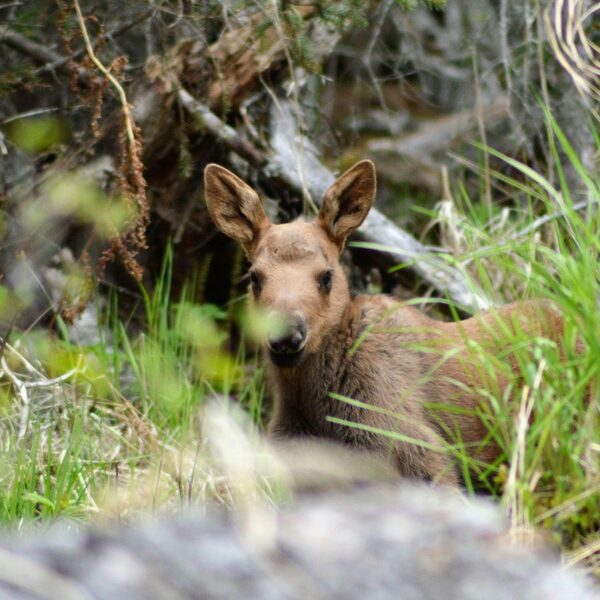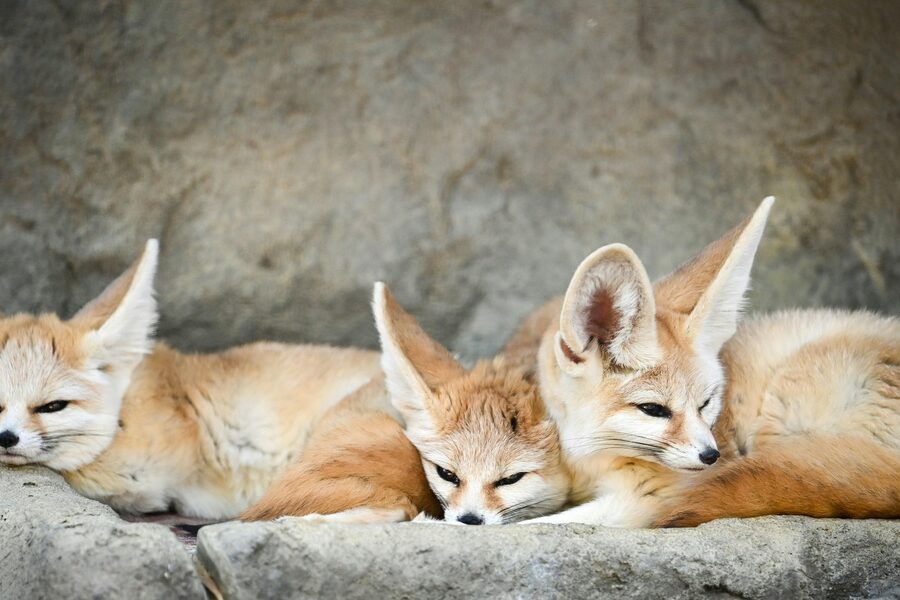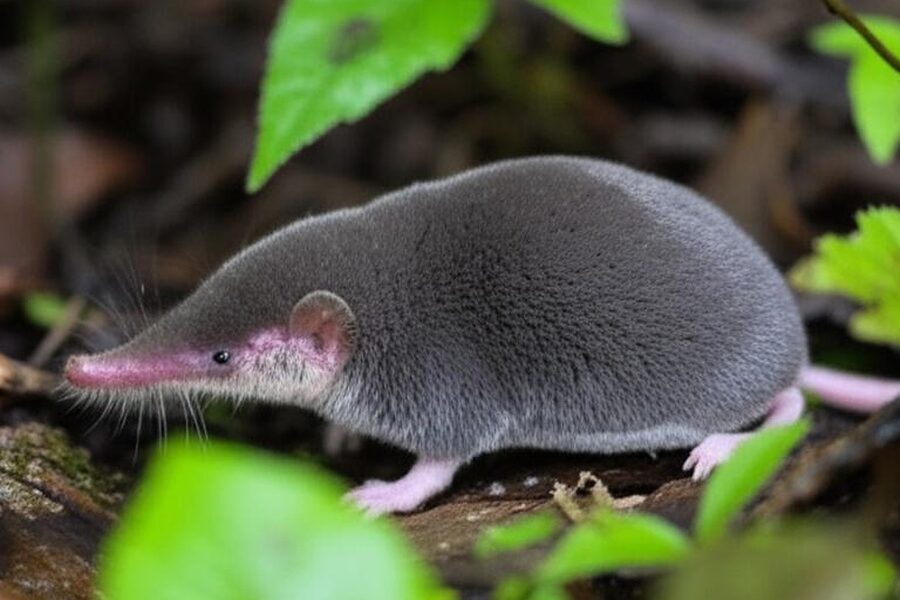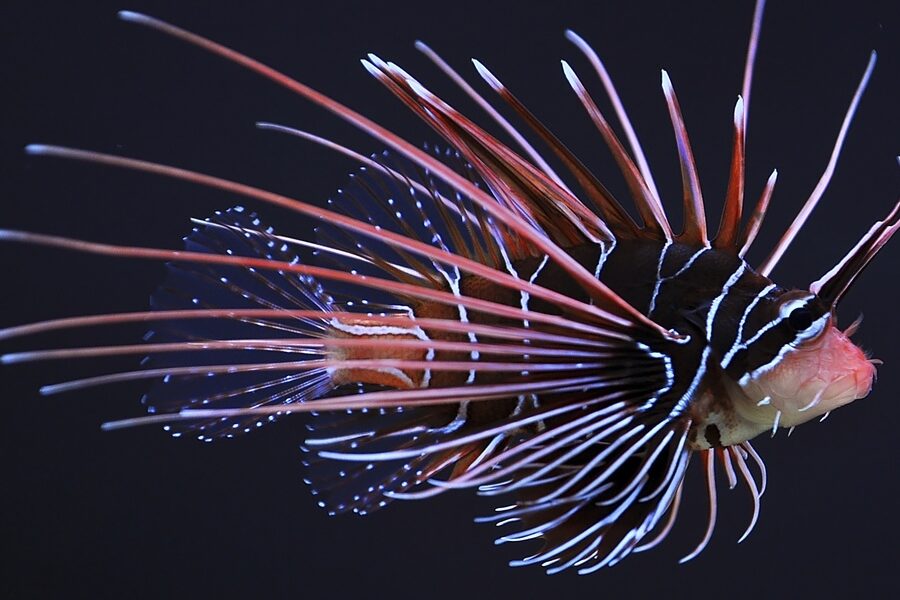Eswatini’s mix of grasslands, riverine corridors and montane patches supports wildlife you might not expect in a country its size. From small, localized birds to wide-ranging predators, the kingdom offers focused opportunities to spot species that are uncommon elsewhere in southern Africa.
There are 20 Rare Animals in Eswatini, ranging from African Wild Dog to White-backed Vulture. For each species the list shows Scientific name, Conservation status, Where seen (Eswatini locations), giving quick reference to identification and likely sites, which you’ll find below.
When is the best time to look for rare animals in Eswatini?
Dry months (May–September) are often easiest because vegetation is thinner and animals concentrate near water; early morning and late afternoon increase sightings. Check specific reserve guides (Hlane, Mkhaya, Mlilwane, Malolotja) and book experienced local guides who know recent movements.
How can visitors help protect these rare species?
Follow park rules, stick to marked trails and vehicle routes, avoid feeding or approaching wildlife, and support reputable reserves or community conservation projects; small actions like reporting illegal activity or contributing to monitoring programs also make a measurable difference.
Rare Animals in Eswatini
| Name | Scientific name | Conservation status | Where seen (Eswatini locations) |
|---|---|---|---|
| Black Rhino | Diceros bicornis | IUCN: Critically Endangered. Primary threat is poaching for its horn. | Hlane Royal National Park, Mkhaya Game Reserve. |
| White Rhino | Ceratotherium simum | IUCN: Near Threatened. Severely threatened by sophisticated poaching syndicates. | Hlane Royal National Park, Mkhaya Game Reserve. |
| African Wild Dog | Lycaon pictus | IUCN: Endangered. Threatened by habitat loss and conflict with humans. | Hlane Royal National Park, surrounding conservancies (often transient). |
| Cheetah | Acinonyx jubatus | IUCN: Vulnerable. Threatened by habitat fragmentation and low genetic diversity. | Mkhaya Game Reserve. |
| Leopard | Panthera pardus | IUCN: Vulnerable. Threatened by habitat loss and human-wildlife conflict. | Malolotja Nature Reserve, Lubombo Mountains, Hlane. |
| Pangolin | Smutsia temminckii | IUCN: Vulnerable. The world’s most trafficked mammal due to illegal trade. | Widespread but almost never seen; savanna and woodland areas. |
| Brown Hyena | Parahyaena brunnea | IUCN: Near Threatened. Persecuted by farmers and very low population density. | Lubombo Conservancy, Hlane Royal National Park. |
| Roan Antelope | Hippotragus equinus | Rare in Southern Africa. Locally extinct and reintroduced to Eswatini. | Mkhaya Game Reserve. |
| Oribi | Ourebia ourebi | Nationally Endangered. Threatened by loss of its grassland habitat. | Malolotja Nature Reserve highveld grasslands. |
| Tsessebe | Damaliscus lunatus lunatus | Nationally rare. Reintroduced after being locally extinct. | Mkhaya Game Reserve. |
| Blue Crane | Grus paradisea | IUCN: Near Threatened. Threatened by habitat loss and poisoning. | Malolotja Nature Reserve’s high-altitude grasslands. |
| Southern Bald Ibis | Geronticus calvus | IUCN: Vulnerable. Threatened by grassland degradation and disturbance at colonies. | Malolotja Nature Reserve, Ngwenya Hills. |
| Blue Swallow | Hirundo atrocaerulea | IUCN: Vulnerable. Threatened by loss of montane grassland breeding habitat. | Malolotja Nature Reserve, Phophonyane Hills. |
| White-backed Vulture | Gyps africanus | IUCN: Critically Endangered. Threatened by poisoning, habitat loss, and collisions. | Hlane Royal National Park, Mkhaya Game Reserve. |
| Southern Ground Hornbill | Bucorvus leadbeateri | IUCN: Vulnerable. Threatened by habitat loss and persecution. | Hlane Royal National Park, Mbuluzi Game Reserve. |
| Narina Trogon | Apaloderma narina | Locally rare. Dependent on pristine indigenous forest habitat. | Phophonyane Falls Ecolodge, Malolotja’s forest patches. |
| Pink-throated Twinspot | Hypargos margaritatus | IUCN: Near Threatened. Threatened by degradation of its specialized thicket habitat. | Mbuluzi Game Reserve, Hlane Royal National Park. |
| Southern African Python | Python natalensis | Nationally Vulnerable. Threatened by persecution and illegal skin trade. | Lowveld reserves like Hlane, Mkhaya, and Mbuluzi. |
| Lebombo Flat Lizard | Platysaurus lebomboensis | Range-restricted. Endemic to the Lebombo Mountains, making it nationally rare. | Lubombo Conservancy, Mlawula Nature Reserve. |
| Mistbelt Moss Frog | Anhydrophryne ngongoniensis | IUCN: Vulnerable. Threatened by loss of montane grassland and forest habitat. | Malolotja Nature Reserve, other highveld misty areas. |
Images and Descriptions
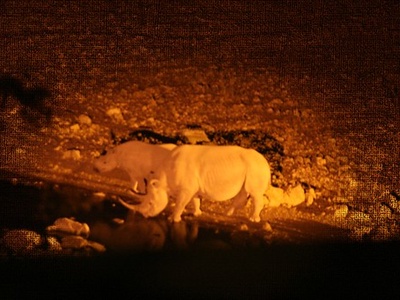
Black Rhino
A large, browsing mammal known for its hooked upper lip and two horns. It’s critically endangered due to poaching, but Eswatini’s robust conservation efforts have created a vital sanctuary for this magnificent but notoriously grumpy species.
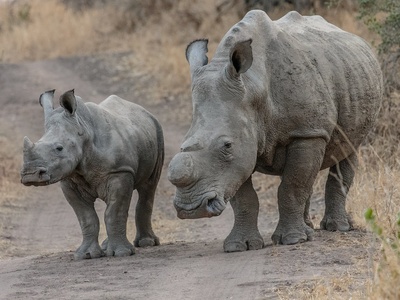
White Rhino
The larger of the two African rhino species, recognized by its square lip for grazing. Though more numerous than black rhinos, they are under extreme threat from poaching. Eswatini offers some of the most reliable rhino sightings in Africa.
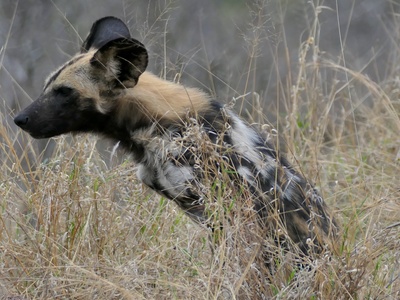
African Wild Dog
Known as the “painted wolf” for its unique coat, this social carnivore is one of Africa’s most endangered. They travel vast distances, making sightings incredibly rare. Small packs occasionally move through Eswatini’s protected lowveld areas.
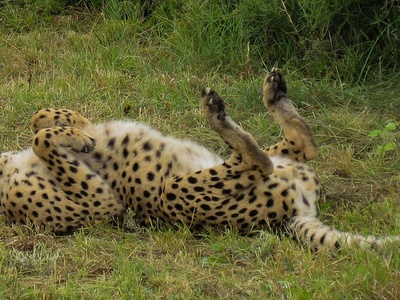
Cheetah
The world’s fastest land animal, the cheetah is built for speed, not strength. A small, managed population was reintroduced into Eswatini, making a sighting of this elegant cat a rare privilege within the kingdom’s protected Mkhaya reserve.
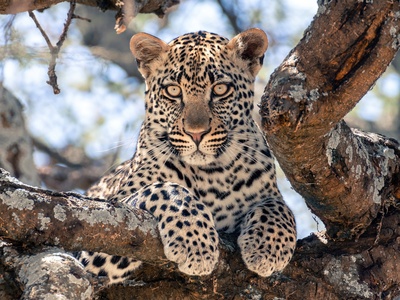
Leopard
The master of stealth, this powerful and adaptable big cat is notoriously elusive. While they persist in rugged parts of Eswatini, their secretive, nocturnal nature means they are very rarely seen by visitors, adding to their mystique.
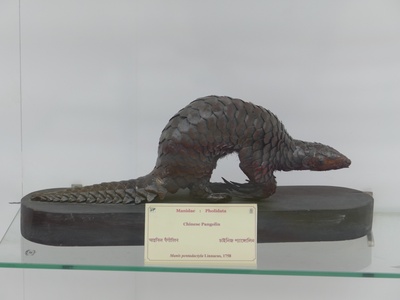
Pangolin
A unique mammal covered in protective keratin scales, the pangolin is a shy, nocturnal insectivore. It is critically threatened by illegal trafficking for its scales and meat. Sightings in the wild are exceptionally rare, a once-in-a-lifetime event.

Brown Hyena
A shaggy-coated, elusive carnivore often overshadowed by its spotted cousin. Primarily a scavenger, this nocturnal and shy hyena is one of Southern Africa’s rarest large predators. Its presence in Eswatini is tenuous, limited to remote areas.
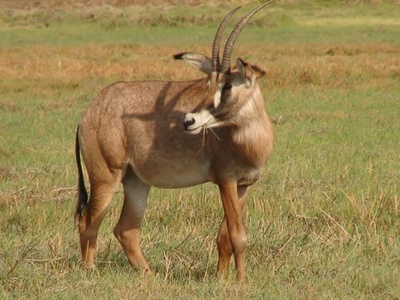
Roan Antelope
A large, striking horse-like antelope with a distinctive black-and-white face mask and long, tasseled ears. Wiped out in Eswatini historically, a small breeding population was successfully reintroduced to Mkhaya, making it a key conservation success story.
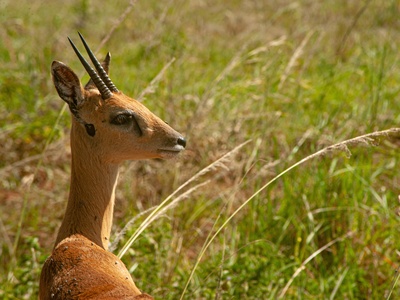
Oribi
A slender, graceful small antelope perfectly adapted to open grasslands. While globally stable, its populations in Southern Africa have plummeted due to agriculture. The highveld of Malolotja is one of its last strongholds in Eswatini.

Tsessebe
Recognized by its glossy purplish-brown coat and long face, the tsessebe is considered the fastest antelope in a long-distance run. It became extinct in Eswatini but has since been reintroduced to Mkhaya, where a small population now exists.

Blue Crane
South Africa’s elegant national bird, this striking grey crane is known for its graceful courtship dance. A very small, marginal population exists in Eswatini’s highveld grasslands, making it an extremely rare and special bird to find within the kingdom.
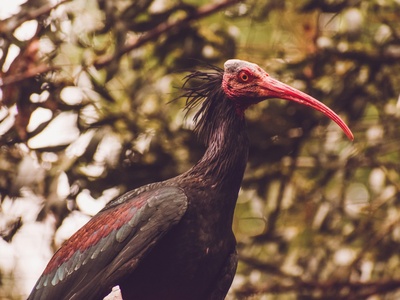
Southern Bald Ibis
A unique-looking bird with a featherless, red head and a long, curved bill. It breeds colonially on cliffs and forages in high-altitude grasslands. Eswatini’s mountainous highveld provides crucial habitat for this globally vulnerable and charismatic species.

Blue Swallow
A beautiful, glossy blue intra-African migrant that nests in holes in the ground, often old Aardvark burrows. It relies on pristine, mist-belt grasslands for breeding, a rapidly disappearing habitat, making it a flagship for grassland conservation.
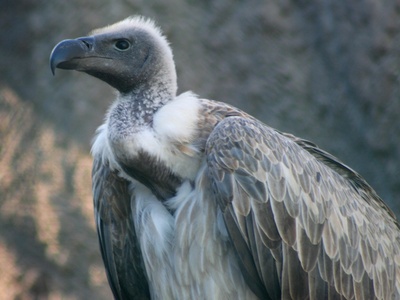
White-backed Vulture
The most common vulture in Africa, yet its population has crashed by over 90% and it is now critically endangered. Poisoning of carcasses is the main threat. Seeing these birds soaring over Eswatini’s lowveld is a reminder of their vital but fragile role.
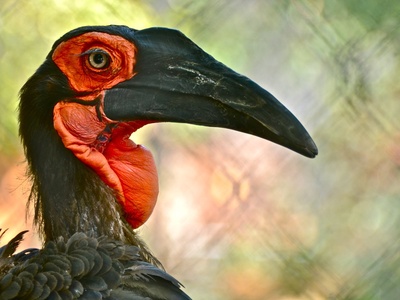
Southern Ground Hornbill
A very large, turkey-sized black bird with a bright red throat pouch, known as the “thunder bird”. They live in cooperative family groups but breed very slowly, making them vulnerable to habitat loss. Sightings of this iconic bird are increasingly rare.
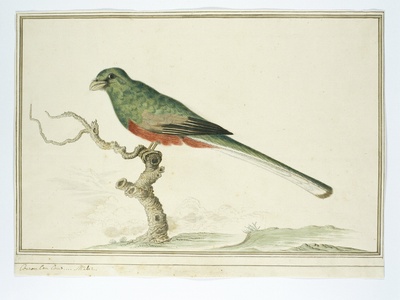
Narina Trogon
A breathtakingly beautiful but shy bird of deep forests, with emerald green plumage and a crimson belly. Its elusive nature and reliance on undisturbed forests, which are scarce in Eswatini, make finding this jewel-like bird a memorable experience.
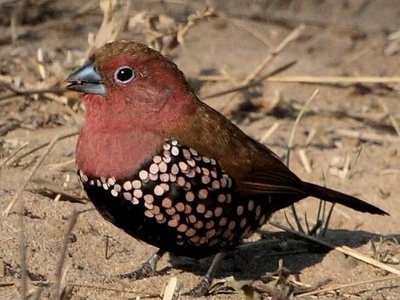
Pink-throated Twinspot
A tiny, stunningly beautiful finch with a pink throat and white-spotted flanks. It has a very restricted range, preferring dense, dry riverine thickets. Its specialized habitat requirements make it a rare and sought-after sighting for birders in Eswatini’s lowveld.
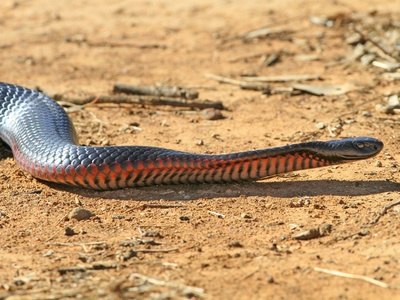
Southern African Python
Africa’s largest snake, this powerful, non-venomous constrictor is a formidable predator. Despite its large size, it is secretive and well-camouflaged, making it a rare sight. It is often killed out of fear, and its populations are declining.
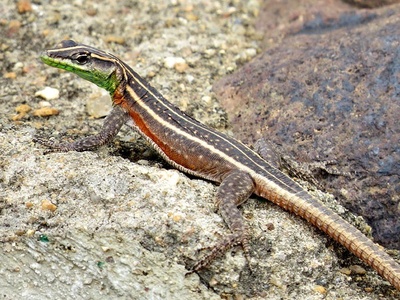
Lebombo Flat Lizard
A spectacularly colored lizard, with males displaying bright blue, green, and orange hues. They have flattened bodies to retreat into narrow rock crevices. They are only found on the rocky outcrops of the Lebombo Mountains, a unique Eswatini special.

Mistbelt Moss Frog
A tiny frog that lives and breeds away from water, laying its eggs in damp vegetation in high-altitude mist-belt grasslands. This specialized lifestyle makes it extremely vulnerable to habitat destruction from forestry, rendering it a rare amphibian indicator species.


